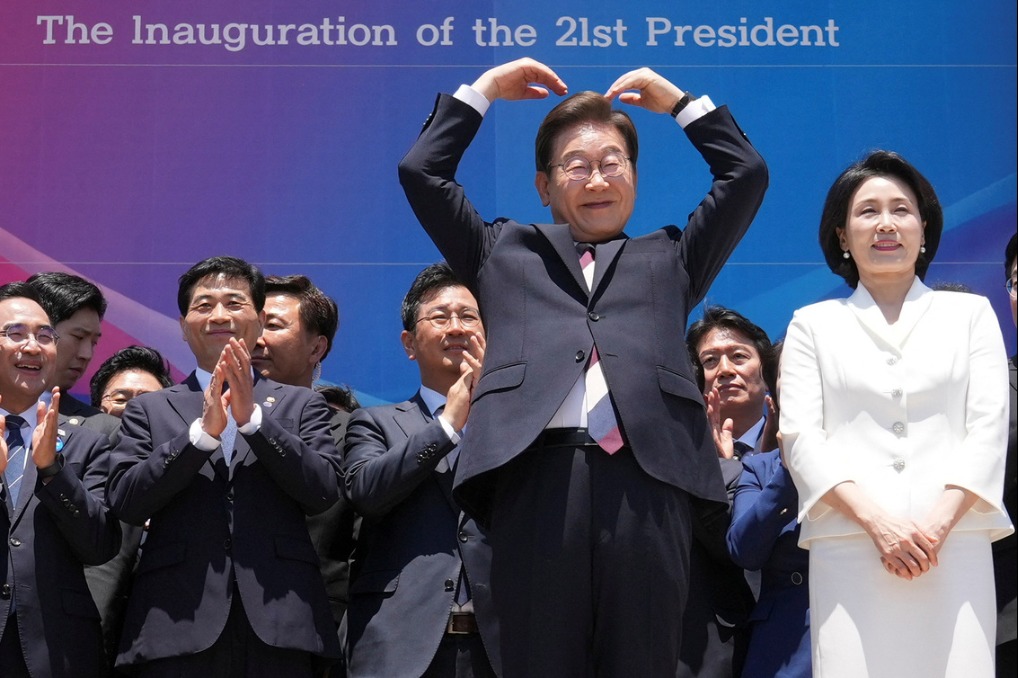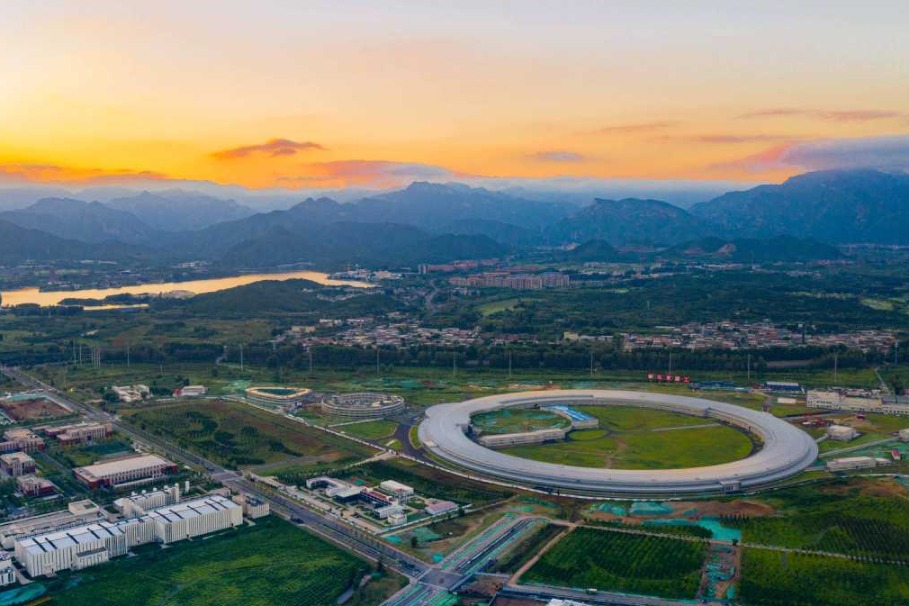Nation's badminton boom sends shuttlecock prices soaring
Shortage of duck, goose feathers along with greater player participation spikes demand


Growth in venues
The number of badminton venues has surged significantly across eight major Chinese cities, according to the 2023 badminton venue industry report released by the Guangdong-based sports venue booking platform Quyundong.
The cities are Beijing, Shanghai, Tianjin, Guangzhou and Shenzhen in Guangdong province, Wuhan in Hubei province, Hangzhou, Zhejiang province, and Nanjing, Jiangsu province.
By December 2023, they had a combined total of 1,689 badminton venues, representing a 34 percent increase from 1,263 venues in December 2022, the platform reported.
Despite this rapid expansion, demand still outpaces supply nationwide. Data from the General Administration of Sport in 2023 showed that the total number of badminton courts nationwide stood at approximately 277,900 — far fewer than those for basketball and table tennis. The vast majority of these courts are outdoors, with indoor courts accounting for just 13.8 percent of the total.
In Beijing, Li Yaxi is banking on the growth of the sport. Her latest badminton training center, Caijiuduolian, opened in February in the southern part of the capital, tucked inside what was once a derelict factory.
"We started with nothing but four steel columns," Li said, recalling the condition of the old factory space before her team rebuilt it into a professional-standard training venue. The center's main goal is to find and develop youth athletes, ranging in age from 6 to 15.
The facility features five professional courts, with sports flooring and wooden under structures, specialized side lighting, a gym, a recovery center, and even a rest area where students can do homework and eat between sessions.
"It's not just a business for us. There's a lot of emotion in it," she explained about her latest business venture.
"Success is measured by results. If you can take a kid and turn them into a champion, it is not only a source of pride but also a magnet for new students," she said.
The center also rents courts to amateurs when they're not in use by students to make the space more accessible to the public and help offset operating costs.
The venue hosts five to six weekly group sessions attracting 150 participants to fill off-peak slots, which Li describes as "not bad" for a new facility.























